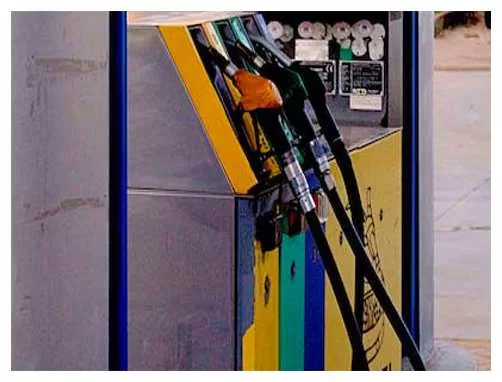The Roller Coaster of European Gas Prices: A Dive by 60%, but Challenges Loom
In a surprising turn of events, European gas prices witnessed a staggering 60% drop in 2023 from their peak in 2022, attributed to record gas reserves and renewable energy advancements. Bloomberg sheds light on this phenomenon, exploring the role of global factors, renewable investments, and potential risks that may disrupt this downward trajectory.
The Unprecedented Plunge:
Gas prices in Europe, once soaring to alarming heights, embarked on an unexpected descent in 2023, plummeting nearly 60% from their peak in the preceding year. This significant drop, reported by Bloomberg, has left industry experts and consumers alike grappling with the implications and causes behind this surprising trend.
Driving Forces Behind the Decline:
Despite the escalation of the Palestinian-Israeli conflict in October, a development that typically sends shockwaves through international energy markets, LNG (liquefied natural gas) prices in Europe defied expectations by continuing their downward spiral. Bloomberg’s analysis attributes this decline to a trifecta of factors:
- Record Gas Reserves: Europe finds itself in the advantageous position of boasting record gas reserves, a stark contrast from the scarcity that contributed to the surge in prices in the recent past.
- Renewable Energy Investments: Broad investments in renewable energy sources have diversified the energy landscape, providing alternatives to traditional fossil fuels. The expanding renewable sector is proving to be a stabilizing force in the face of geopolitical conflicts.
- Slow Economic Growth: The sluggish pace of economic growth in large industrialized countries has acted as a mitigating factor by limiting energy demand. This dynamic has contributed to a more balanced market scenario.
Persistent Risks and Potential Challenges:
While the current descent in gas prices paints a reassuring picture, industry experts caution against unwarranted optimism. Balint Koncz, head of gas trading at MET International in Switzerland, highlights the dependence on global factors, emphasizing their inherent volatility.
Despite substantial international investments in LNG transit infrastructure, the bulk of new capacity is not expected until 2025 and 2026. Moreover, an imminent challenge looms with the expiration of the agreement on the transit line supplying gas from Russia through Ukraine to Western and Central Europe at the end of 2024. The absence of information regarding its extension raises concerns about potential disruptions in gas supplies.
The specter of climate change adds another layer of complexity. Increasing extreme weather events strain energy systems, potentially leading to an upswing in demand for LNG. As global factors continue to evolve, the resilience of Europe’s gas market faces a crucial test.
Conclusion:
The roller coaster ride of European gas prices, from unprecedented highs to a remarkable 60% drop, reflects the intricate interplay of global factors, renewable energy advancements, and economic dynamics. While the current decline brings relief, the future remains uncertain, with potential challenges on the horizon. As Europe navigates this evolving landscape, the resilience of its energy sector will be put to the test.

